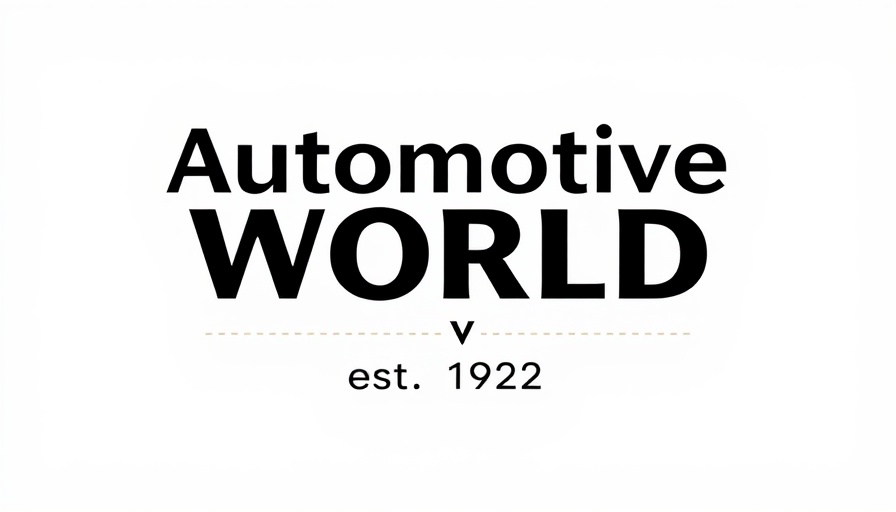
Why You Shouldn’t Rely on CPI-Based Warranty Labor Increases
In the current economic climate, where inflation is putting pressure on businesses in the automotive sector, many dealerships might look at Consumer Price Index (CPI) programs for automatic warranty labor rate increases as a convenient solution. While these programs might appear attractive, they come with significant drawbacks. Most CPI increases range between two to three percent annually—a rate that fails to adequately account for the rising costs of parts, technician wages, and service department overhead.
The Trap of Committing to CPI Programs
Once a dealership commits to a CPI program, it often locks itself out of pursuing statutory labor rate submissions for several years. This decision essentially waives your right to pursue potentially more lucrative, data-driven rates that may be available under state law. If your dealership is subject to these programs, understand the long-term implications before signing on the dotted line.
Understanding Statutory Labor Rate Submissions
The good news for franchised dealers is the existence of statutory labor reimbursement laws that grant them the opportunity to submit warranty labor rate increases based on actual customer-pay rates rather than just CPI adjustments. This process often yields better results. By consistently opting for annual statutory submissions, dealerships can align their warranty labor rates with retail rates, ensuring they’re compensated adequately for the services they provide.
The Real Benefits of Statutory Rate Submissions
Switching to statutory labor rate submissions can significantly benefit your dealership. Dealers often report substantial increases in labor rates when submitting through this route, reflecting a direct correlation to customer pay rates. This shift not only maximizes profit margins but also empowers dealers to take control of their financial destinies. Understanding your rights and advocating for them can lead to more favorable outcomes, altering the financial future of your dealership.
Actionable Insights for Dealership Owners
For dealership owners and general managers, the key takeaway is to regularly evaluate warranty compensation strategies. Don’t view CPI increases as the only option. Instead, engage with legal advisories or financial experts who understand state laws governing labor rate submissions. Identify if a factory or statutory submission is justified based on your current market position and customer rates. By adopting a proactive approach, your dealership can unlock more profits and enhance overall business health.
Final Thoughts: Control Your Future
In an industry increasingly influenced by economic pressures, safeguarding your dealership’s profitability means understanding and exercising your rights when it comes to warranty labor rates. CPI programs may seem like an easy route, but they often lead to missed opportunities for growth. It is critical now, more than ever, to clarify your options, explore statutory submissions, and act in your best financial interest.
 Add Row
Add Row  Add
Add 

 Add Row
Add Row  Add Element
Add Element 




Write A Comment